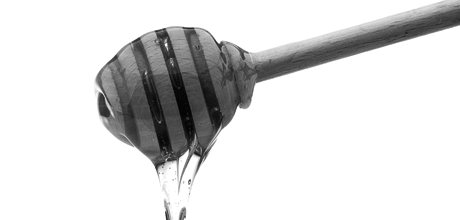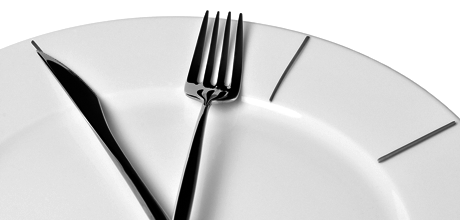
Sugar increases our risk of diabetes, heart disease and cancer. New guidelines advise cutting our intake to 6 teaspoons a day (25-30g). A can of fizzy drink contains about 9 teaspoons!
And, while sugars are found naturally in fruits, veg and milk, it’s the added sugars – sucrose, syrups, fructose and fructose corn syrup – that do most damage to our health.
Sugars with lower glycaemic index (GI) are metabolised slower, helping you to avoid sudden spikes and dips in blood sugar.
Here is a lowdown of the pros and cons of the alternatives:
Stevia: GI = 0
This is low in fructose and almost calorie free. However, it’s a lot sweeter than sugar and can leave a bitter aftertaste.
Xylitol: GI = 7
Naturally present in fruit and veg, it’s one of the most popular low GI alternatives. It has fewer calories and can prevent tooth decay. However, like fibre it’s not fully digestible, so can cause bloating.
Honey: GI = 30 (raw)
Raw and Manuka honey contain antioxidants and have antimicrobial benefits. Raw honey has a much lower GI than processed. Avoid processed honey as it can contain up to 53% fructose.
Agave nectar: GI = 30-40
This has a relatively low GI. It’s reputation as a healthy sweetener has been questioned however. It’s high in fructose – containing up to 70% – which is higher than demonised high-fructose corn syrup.
Coconut sugar: GI = 35
Contains iron, zinc, calcium, potassium and inulin, which may slow glucose absorption. It’s calorie content is similar to sugar’s.
Maple syrup: GI = 54
This contains manganese, iron and calcium and has a lower fructose level than honey, so is easier to digest. However, it is often highly processed with high GI.


